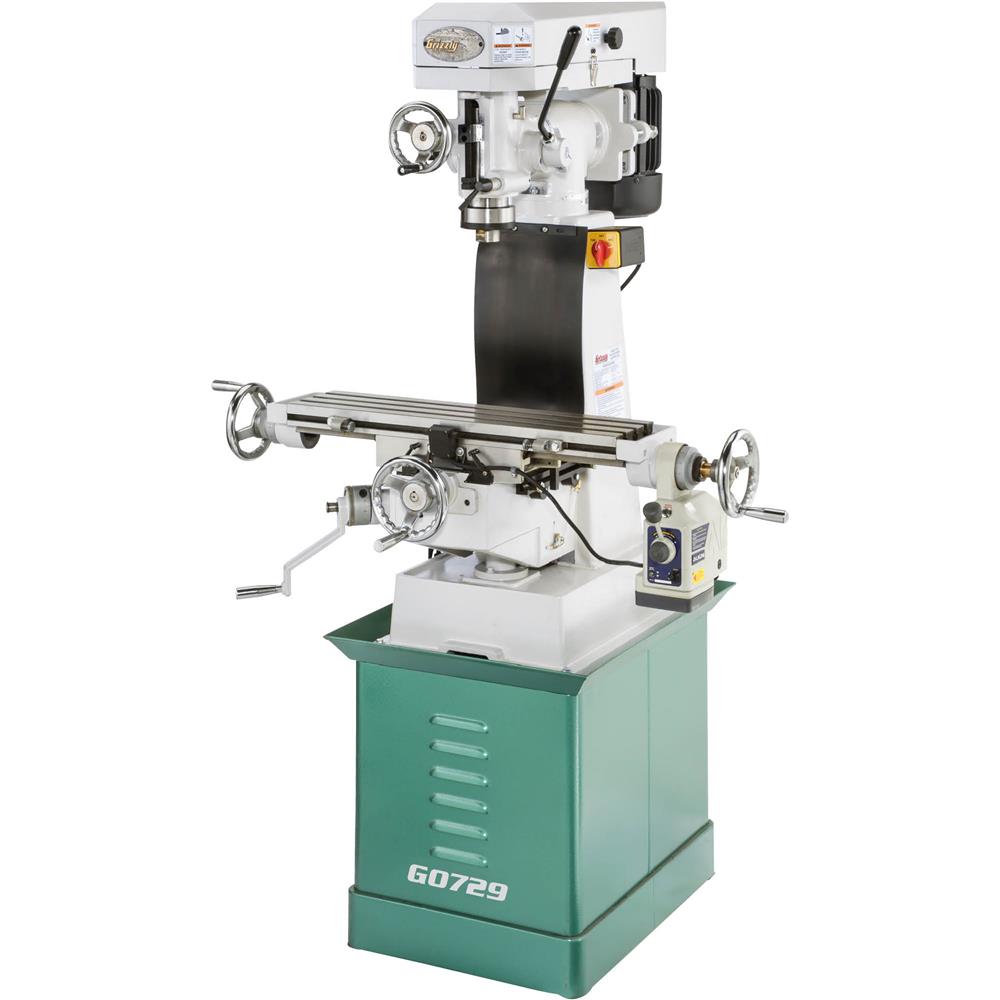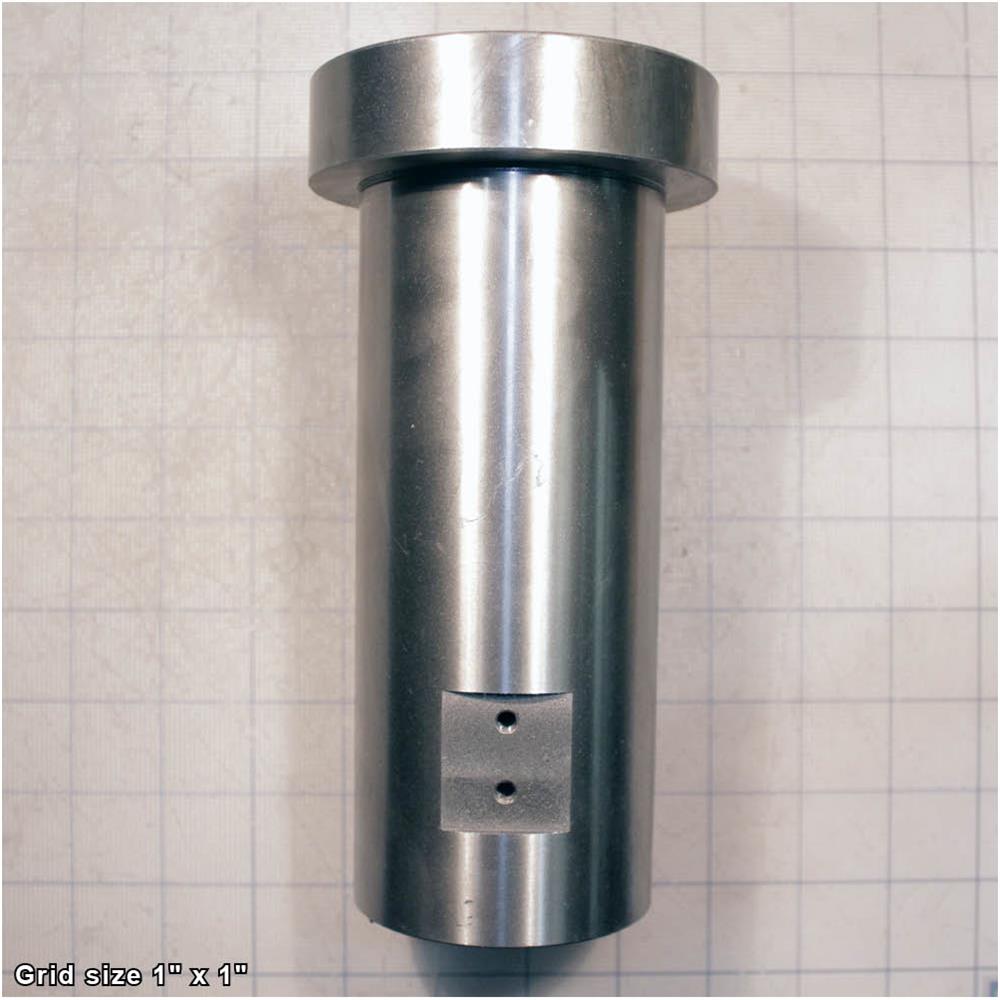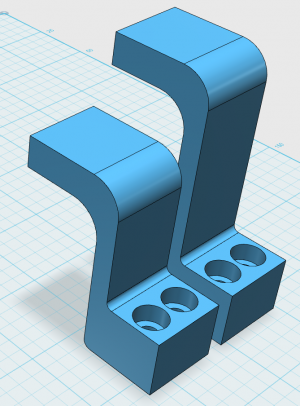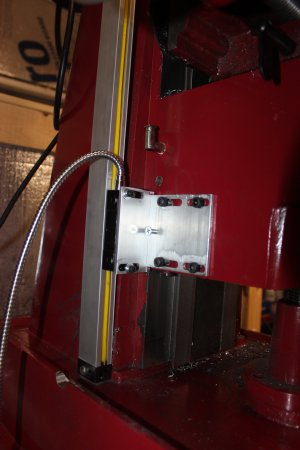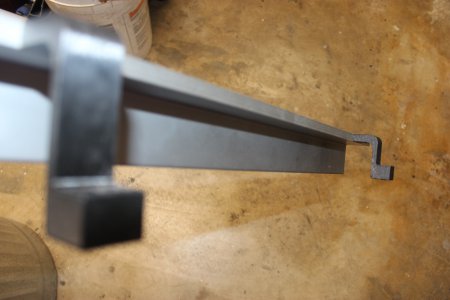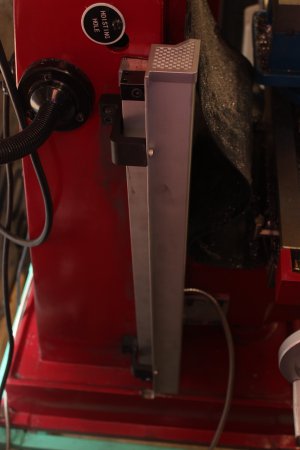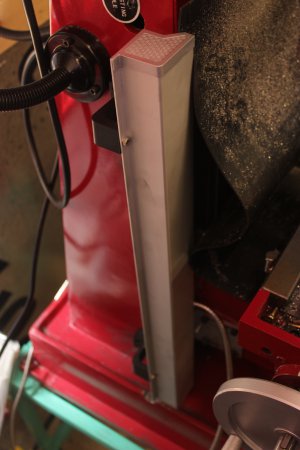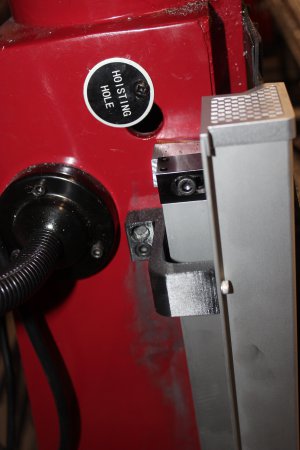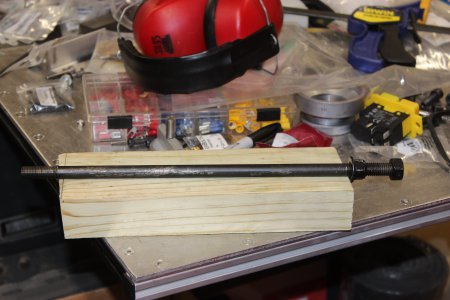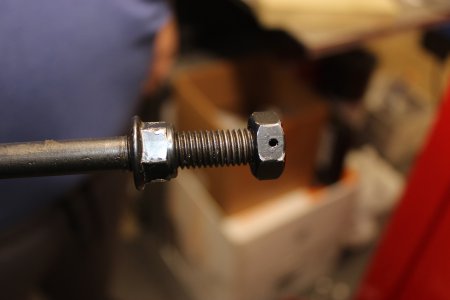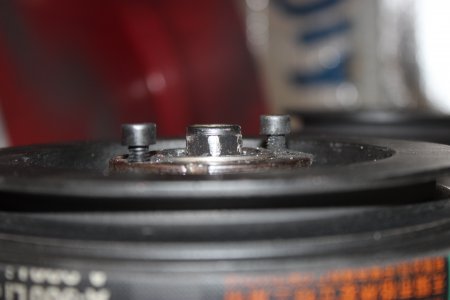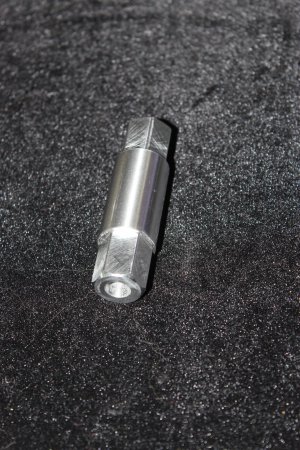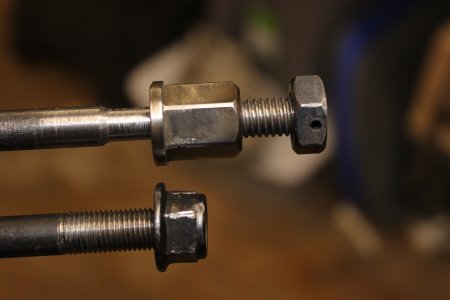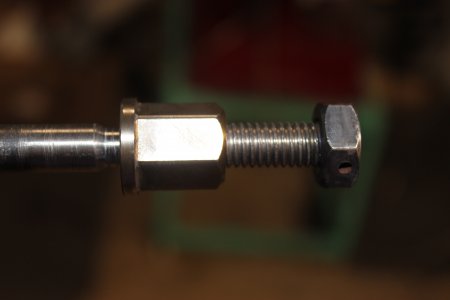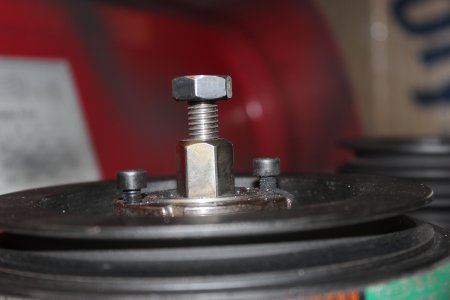- Joined
- Nov 25, 2015
- Messages
- 8,306
I was just mentioning for parts. I saw the price diff...
I treat all HF like a kit... I take apart the items clean out the swarf that they left in, then I file, stone, and do whatever to upgrade.
I have had some great HF tools for the price, and some awful. I know there are people especially contractors that won't touch them.. I get it.. they don't have time to run back and forth.
But if you know what you are in for, and work through it, you can save some money.
DON'T buy the 1/4" torque wrench.. useless... I needed inch lbs. I saw awful reviews, but figured I could work through it if it didn't work out... but no way ... it just doesn't work.
cheers.
I treat all HF like a kit... I take apart the items clean out the swarf that they left in, then I file, stone, and do whatever to upgrade.
I have had some great HF tools for the price, and some awful. I know there are people especially contractors that won't touch them.. I get it.. they don't have time to run back and forth.
But if you know what you are in for, and work through it, you can save some money.
DON'T buy the 1/4" torque wrench.. useless... I needed inch lbs. I saw awful reviews, but figured I could work through it if it didn't work out... but no way ... it just doesn't work.
cheers.


